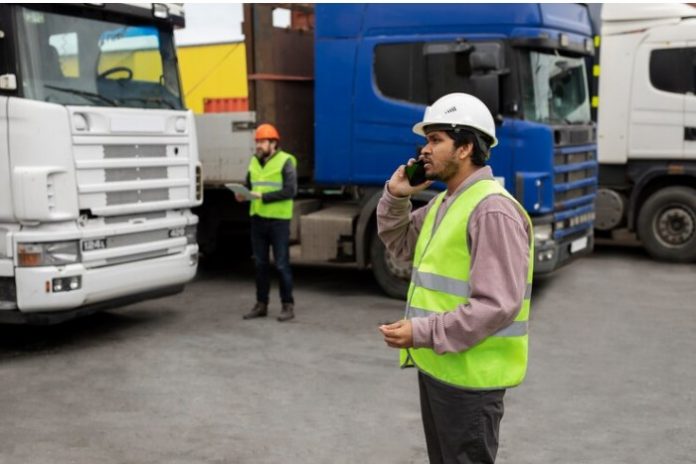Introduction:
Municipal and sanitation trucks play a vital role in maintaining clean and hygienic urban environments. These workhorses of modern cities are responsible for collecting waste, cleaning streets, and ensuring our communities remain healthy. However, the future of municipal and sanitation trucks is poised for significant transformation, driven by technological advancements, environmental concerns, and the need for increased efficiency. In this article, we will explore the exciting developments shaping the future of these essential vehicles.
- Electric Revolution:
One of the most significant trends in municipal and sanitation trucks is the shift towards electric power. Electric sanitation trucks offer numerous advantages, including zero emissions, reduced noise pollution, and lower operating costs. Major automakers and startups are developing electric refuse trucks with impressive capabilities, capable of collecting and compacting waste efficiently.
Electric trucks are not only eco-friendly but also cost-effective in the long run. They benefit from lower maintenance expenses and can contribute to reducing a city’s carbon footprint. As battery technology continues to improve, we can expect electric sanitation trucks to become more prevalent in urban fleets.
- Autonomous Technology:
Autonomous technology is another innovation that will reshape the future of municipal and sanitation trucks. Self-driving trucks equipped with advanced sensors, cameras, and artificial intelligence can optimize waste collection routes, reduce accidents, and improve overall efficiency. These vehicles can operate 24/7, helping cities manage waste more effectively.
Autonomous trucks can also address labor shortages in the sanitation industry. With the ability to perform routine tasks independently, they can work alongside human operators, enhancing productivity and safety. While the widespread adoption of autonomous sanitation trucks may still be a few years away, the technology is rapidly advancing.
- Sustainable Fuels:
While electric trucks dominate the conversation, other sustainable fuel sources are emerging as viable options for municipal and sanitation trucks. Hydrogen fuel cell technology, for instance, offers a zero-emission alternative with fast refueling times and extended driving ranges. Several manufacturers are developing hydrogen-powered trucks that can handle the demanding tasks of waste collection and street cleaning.
Biofuels, derived from renewable sources, are another eco-friendly option. They can significantly reduce the carbon footprint of municipal truck while utilizing existing infrastructure. Sustainable fuel alternatives will play a crucial role in making sanitation fleets more environmentally responsible.
- Enhanced Connectivity:
Connectivity and data analytics are transforming municipal and sanitation trucks into smarter, more efficient vehicles. Fleet management systems equipped with real-time data monitoring enable operators to optimize routes, predict maintenance needs, and reduce fuel consumption. These systems also improve the safety of sanitation workers by alerting them to potential hazards.
Moreover, connected trucks can provide cities with valuable insights into waste generation patterns, helping urban planners make informed decisions about waste management strategies. The integration of IoT (Internet of Things) technology into sanitation trucks promises to make our cities cleaner and more sustainable.
- Eco-Friendly Materials:
In addition to innovative technologies, the materials used in the construction of sanitation trucks are evolving to be more eco-friendly. Lighter and stronger materials, such as advanced composites and aluminum alloys, are replacing traditional steel components. These materials reduce the overall weight of the truck, increasing fuel efficiency and reducing emissions.
Furthermore, recycling practices are being integrated into the production and operation of sanitation trucks. Manufacturers are using recycled materials wherever possible, and cities are implementing recycling programs to reduce waste and environmental impact. This circular approach to waste management extends to the vehicles themselves, creating a more sustainable industry.
Conclusion:
The future of municipal and sanitation trucks is bright, marked by innovation, sustainability, and efficiency. Electric and autonomous technologies, sustainable fuels, enhanced connectivity, and eco-friendly materials are driving this transformation. These developments not only benefit the environment but also improve the quality of life in our cities. As urbanization continues, the evolution of sanitation trucks will play a crucial role in ensuring our communities remain clean, healthy, and sustainable for generations to come.
